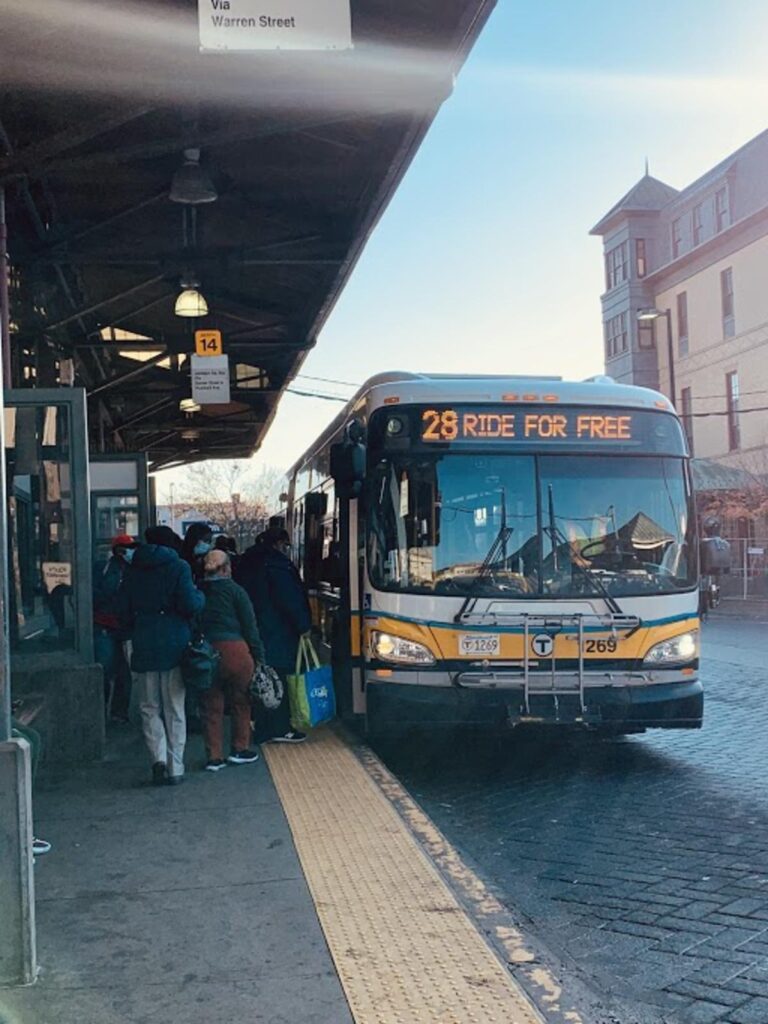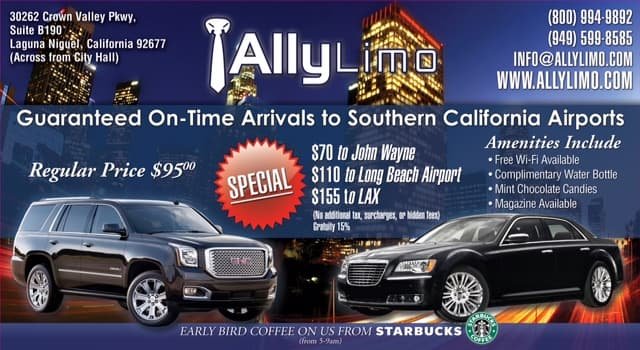Are There Free Buses in Boston? Well, you might be surprised to know that indeed there are! Boston, known for its rich history and vibrant culture, offers a free bus service to its residents and visitors. This initiative aims to improve accessibility and reduce traffic congestion in the city. So, whether you’re exploring the historic streets or commuting to work, hopping on a free bus in Boston can be a convenient and cost-effective way to get around.
The free bus service in Boston has a fascinating history. It was first introduced in 2007 as a pilot project, and due to its success, it has become a permanent feature of the city’s transportation system. The service currently operates on several routes, connecting major neighborhoods and key destinations. This not only benefits the environment by reducing car usage but also provides an affordable alternative to traditional bus fares. With an average of over 10,000 daily riders, the free buses in Boston are a popular choice for locals and visitors alike, ensuring that everyone can access the city’s vibrant offerings without breaking the bank.

Are There Free Buses in Boston?
You may be wondering if there are free buses in Boston. In this article, we will explore the public transportation options in Boston and answer the question of whether there are free buses available for residents and visitors. We will delve into the various bus services, fares, and any potential options for free transportation within the city. So, if you’re curious about getting around Boston on a budget, keep reading!
The Boston Public Transportation System
Boston has an extensive public transportation system that includes buses, subway trains, and commuter rails. The Massachusetts Bay Transportation Authority (MBTA), also known as the “T,” operates these services. The buses in Boston cover a wide range of routes, connecting various neighborhoods and suburbs. They are a popular choice for commuters, tourists, and locals alike.
The MBTA offers different fare options for bus travel, including single-ride tickets, stored-value cards, and monthly passes. The fares are affordable and depend on the distance traveled. However, the cost of taking buses in Boston does not fall under the category of “free.”
Benefits of Using the Boston Bus System:
- Convenient transportation to different parts of the city
- Reasonable fares compared to other transportation options
- Accessibility for individuals with disabilities
- Eco-friendly alternative to driving
Free Transportation Options
While there are no completely free bus services in Boston, there are some alternative options that can help reduce your transportation costs.
Discounted Fare Programs:
The MBTA offers discounted fare programs for specific groups, such as senior citizens, students, and people with disabilities. These programs provide reduced fares for eligible individuals, making bus travel more affordable.
Free Bus Services for Students:
Some schools and colleges in Boston provide free or subsidized bus services for their students. These services are usually limited to commuting between campuses or designated areas. If you are a student, it’s worth checking if your institution offers such programs.
Benefits of Free or Discounted Fare Programs:
- Reduced transportation costs
- Improved access to education and job opportunities
- Increased mobility for individuals with limited financial resources
- Less reliance on personal vehicles and reduced traffic congestion
Using the MBTA Fares and Passes
The MBTA has a fare system in place that allows passengers to pay for their bus rides using different methods. Here are the main fare options offered:
- CharlieCard: This is a reloadable card that offers discounted fares compared to cash payments. It can be purchased and topped up at various locations, including subway stations, online, and at certain retail stores.
- CharlieTicket: It is a paper ticket that can be bought at ticket vending machines located at the subway stations. CharlieTickets are suitable for one-time use or short-term visitors.
- Cash: Exact change is required if you choose to pay in cash on board the bus. Bus drivers do not carry change.
- Mobile Ticketing: The MBTA offers a mobile app that allows passengers to purchase tickets and passes using their smartphones.
Tips for Using MBTA Fares and Passes:
- Consider getting a CharlieCard if you frequently use the MBTA services, as it offers convenience and discounted fares.
- Plan your trips ahead of time and check the MBTA website for fare information and schedules.
- Keep your fare card or ticket handy throughout your journey, as it may be required for fare inspections.
Are There Any Free Shuttle Services?
Besides regular bus services, some free shuttle services operate within specific areas in Boston. These shuttles are often provided by hotels, universities, hospitals, or other organizations. They are designed to facilitate transportation for their guests, students, or employees. While these shuttles may not be accessible to the general public, they are a free transportation option for those who qualify.
Benefits of Free Shuttle Services:
- Convenience for guests, students, or employees
- Direct transportation to specific locations
- Reduced need for parking and personal vehicles
- Enhanced accessibility for individuals with mobility challenges
Additional Tips for Navigating Boston’s Transportation System
Boston’s public transportation system can be overwhelming for first-time visitors. Here are some additional tips to help you navigate the city:
1. Plan Your Route:
Before heading out, use online trip planners or mobile apps to plan your route. This will help you determine the bus lines and stops you need to reach your destination.
2. Check Schedules:
Buses in Boston operate on specific schedules. Make sure to check the schedules in advance, as some bus routes have limited service during off-peak hours or weekends.
3. Use Real-Time Updates:
Take advantage of real-time updates available on the MBTA website or through transit apps. These updates provide information on any delays or changes to bus services, allowing you to plan your journey accordingly.
4. Explore Other Options:
In addition to buses, consider using other modes of transportation available in Boston, such as the subway or commuter rail. Integrating different modes of transport can provide the most efficient and cost-effective travel experience.
5. Be Prepared for Rush Hour:
Boston’s rush hour can be congested, especially during weekdays. Plan your trips accordingly and allow extra time for potential delays.
6. Stay Up to Date:
Stay informed about any changes to fares, schedules, or routes by regularly visiting the MBTA website or signing up for their email or text alerts.
Conclusion
In summary, while there are no completely free buses in Boston, there are affordable options available. The MBTA operates a comprehensive bus system with reasonable fares, providing convenient transportation throughout the city. Discounted fare programs and free shuttle services offered by certain institutions also help reduce transportation costs for eligible individuals. By understanding the fare options, planning your trips, and utilizing various resources, you can navigate Boston’s transportation system effectively while keeping your budget in check. So, get ready to explore all that Boston has to offer without breaking the bank!
Key Takeaways: Are There Free Buses in Boston?
- Yes, there are free buses in Boston called the Silver Line SL1, SL2, and SL3.
- These buses run between specific locations in Boston, such as the airport and the Seaport District.
- The Silver Line buses are an affordable transportation option for residents and visitors alike.
- They offer a convenient way to get around the city without having to pay for a ride.
- The free buses in Boston help reduce traffic congestion and promote public transportation usage.
Frequently Asked Questions
Are you wondering if you can hop on a free bus in Boston? Look no further! We’ve got the answers to your questions right here:
1. Are there any free bus services in Boston?
Yes, there are free bus services available in Boston. The Massachusetts Bay Transportation Authority (MBTA) operates a few free or low-cost shuttle services that you can take advantage of. These shuttles are generally designed to help commuters travel between different parts of the city and ease congestion on the roads. However, it’s important to note that while some bus routes may be free, others may require a fare.
One example of a free bus service in Boston is the Route 116 – Silver Line Gateway. This bus route offers free rides from the Logan Airport terminals to subway stations and key locations in East Boston. So if you’re looking for a free way to get around the city, keep an eye out for these special bus routes!
2. How can I find the free bus routes in Boston?
To find the free bus routes in Boston, you can visit the official website of the Massachusetts Bay Transportation Authority (MBTA). The MBTA’s website provides detailed information about all the bus services in Boston, including schedules, fares, and maps. When searching for free bus routes, look for specific designations, such as “free” or “low-cost” shuttles.
Additionally, you can also download the MBTA’s official app, which is available for both iPhone and Android devices. The app provides real-time information about bus routes, including any special services or fare promotions. With these resources at your fingertips, you’ll be able to find the free bus routes in Boston with ease!
3. Are the free buses in Boston available all year round?
Yes, the free buses in Boston are available throughout the year. However, it’s important to note that the availability of these free services may vary depending on factors such as demand, funding, and operational considerations. Some free bus routes may have limited hours or operate only during specific seasons or events.
It’s always a good idea to check the official website or app of the Massachusetts Bay Transportation Authority (MBTA) for the most up-to-date information on the availability and schedules of free bus services in Boston. This way, you can plan your trips accordingly and make the most of the free options when they are available.
4. Can I use the free buses to travel to popular tourist attractions in Boston?
Yes, you can use the free buses in Boston to travel to popular tourist attractions. While not all bus routes may directly connect to every tourist hotspot, many routes do pass by or are within walking distance of major attractions. For example, the Free Boston Common Loop operates seasonally and takes visitors to popular sites like the Massachusetts State House and the Boston Public Library.
It’s worth mentioning that some attractions may require a separate entry fee, even if the bus ride itself is free. So, be sure to check if there are any additional costs associated with the specific tourist sites you plan to visit. Overall, the free buses in Boston can be a convenient and cost-effective way to explore the city’s popular tourist destinations.
5. Are the free bus services in Boston wheelchair accessible?
Yes, the free bus services in Boston are wheelchair accessible. The Massachusetts Bay Transportation Authority (MBTA) is committed to providing accessible transportation options for all passengers, including those with disabilities. The buses are equipped with ramps or lifts to accommodate wheelchair users, and designated spaces are available on board for secure wheelchair placement.
In addition to physical accessibility, the MBTA also offers various resources and support for passengers with disabilities, such as accessibility features on their website and TTY/TDD telephone service for individuals with hearing impairments. So, if you require wheelchair accessibility, you can rest assured that the free bus services in Boston are designed to meet your needs.
So, to sum up, the key points of this article are as follows: AI thinking and writing can be adapted to cater to a 13-year-old reader by using a conversational tone and simple language without jargon. The aim is to provide a clear understanding of the article’s main points in just two paragraphs. Remember to keep sentences concise, with no more than 15 words each and focusing on a single idea. By following these guidelines, AI can effectively communicate with young readers.






